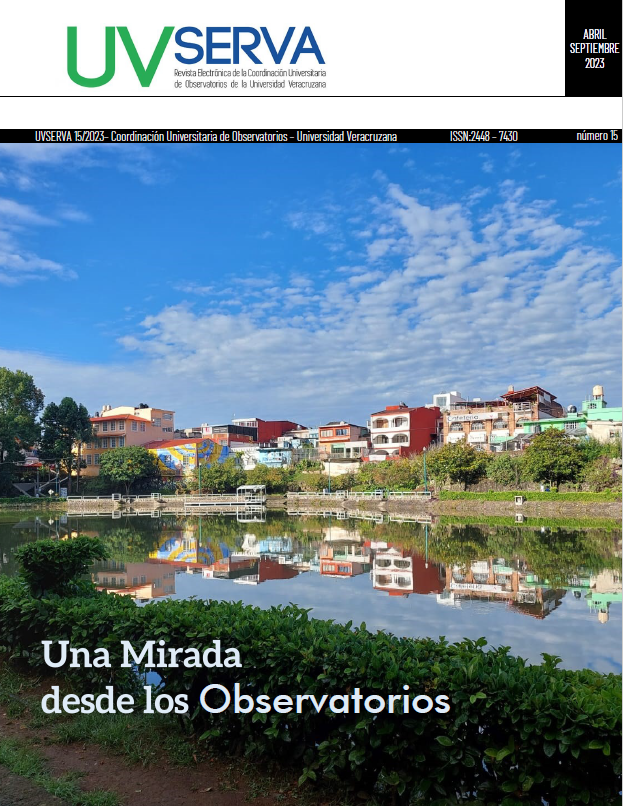Resumen
Environmental externalities are just one class of externalities (or external effects). They are not more important than any other type of economic externalities, but it would not be possible to find rational arguments to justify that they are less so. If more complex and therefore better decisions are to be taken, these externalities should be duly quantified and incorporated in the framework of an economic analysis of public or private decisions of society. In that case, they can be accounted for as costs of our decisions. Environmental economics has different environmental valuation methods to include ecosystems and its dynamics into an economic system. The most applied methods are contingent valuation, hedonic prices, and travel cost. These methods may be used as a guide to formulate public policies to protect the environment and have an efficient management. The present research is an analysis for hydro-environmental services (recreational services) of the tropical montane cloud forest (La Granada waterfall) of Coatepec due to the increasing risks caused by human activity. Therefore, the travel cost method will be applied to estimate the economic value associated with the ecosystem. This method applies conventional empirical techniques used by economists to estimate economic values based on market prices. The findings showed different travel costs for every chosen zone and a consumer surplus of $47.10 MXN and an estimated yearly value of $70,645 MXN.
Citas
Bruijnzeel, L.A. (2004). Hydrological functions of tropical forests: not seeing the soil for the trees? Agriculture, Ecosystems and Environment. Agriculture, Ecosystems and Environment 104. 185 – 228 p.
Challenger, A. (2001). Bosque mesófilo de montaña y su importancia. En: R. H. Manson & G. Williams-Linera (eds.), Taller sobre Conservación y Uso Sustentable del Bosque Mesófilo de Montaña en el Centro de Veracruz.
CONABIO (2017) El bosque mesófilo de montaña en México: amenazas y oportunidades para su conservación y manejo sostenible. Comisión Nacional para el Conocimiento y Uso de la Biodiversidad. México. 197p.
CONAFOR (2009) Restauración de ecosistemas forestales: guía básica para comunicadores. Comisión Nacional Forestal. Zapopan, Jalisco. México.
Cristeche, E. (2008). Métodos de valoración económica de los servicios ambientales. Argentina: INSTITUTO NACIONAL DE TECNOLOGIA AGROPECUARIA (INTA).
Golsbee, A., Levitt, S., & Syverson, C. (2013). Microeconomics. United States: Worth Publishers.
Hamilton, L.S., J.O. Juvik, F.N. Scatena. (1995). Tropical Montane Cloud Forests. Ecological Studies 110, Springer Verlag, New York.
Hoekstra, Arjen, (2006). The global dimension of water governance: Nine reasons for global arrangements in order to cope with local water problems, Value of water research report series No. 20, UNESCO-IHE Institute for Water Education, Delft, the Netherlands.
Ledesma, J. R. (2010). Economía política: necesidades, bienes, ciencia económica. (Documento de la cátedra Economía Argentina No. 2 Facultad de Ciencias Sociales y Económicas de la Universidad Católica Argentina). Disponible en: http://bibliotecadigital.uca.edu.ar/catedra/economia-politica-necesidades-bienes.pdf
Llanes, J. (2012). Introduccion a La Economia Ambiental. La Habana: UH.
Mankiw, N. G. (2015). Microeconomía. MEXICO, D.F.: Cengage Learning Editores, S.A. de C.V.
Manson, R.H. (2004). Los servicios hidrológicos y la conservación de los bosques de México. Madera y Bosque.
MacDicken, K. G. (2015). Global Forest Resources Assessment 2015: What, why and how? Forest Ecology and Management, 352, 3–8. https://doi.org/10.1016/j.foreco.2015.02.006
Parkin, M., & Loría, E. (2010). Microeconomia. Mexico: Pearson Education, Inc.,.
Perez, A. L. del A., Cortes, J. A. V., & Padilla, G. D. (2019). Valoración Socioeconómica Del Pago Por Servicios Ambientales Hidrológicos En Veracruz (Coatepec Y San Andres Tuxtla). Revista Mexicana de Ciencias Forestales, 2(6), 95–112. https://doi.org/10.29298/rmcf.v2i6.577
Prats, J. O. (2003). “El concepto y el análisis de la gobernabilidad”. Revista Instituciones y Desarrollo del Institut Internacional de Governabilitat de Catalunya
Rzedowski, J. (1996). Análisis preliminar de la flora vascular del bosque mesófilo de montaña de México. Acta Botánica Mexicana.
Rzedowski, J. (2006). Vegetación de México. Comisión Nacional para el Conocimiento y Uso de la Biodiversidad. México.
SEFIPLAN. (2020). Cuadernillos municipales, Coatepec.
SEMARNAT (2004) Introducción a los Servicios Ambientales. Secretaría de Medio Ambiente y Recursos Naturales. México. 71 p.
Shogren, J.F., Shin, S.H., Hayes, D.J. y Kliebenstein, J.B. (1994), “Resolving differences between willingness to pay and willingness to accept”, American Economic Review, 84, pp. 255-270.
Williams-Linera, G., Alvarez-Aquino, C., & Pedraza, R. A. (2011). Forest restoration in the tropical montane cloud forest belt of central veracruz, Mexico. Tropical Montane Cloud Forests: Science for Conservation and Management, 618–627. https://doi.org/10.1017/CBO9780511778384.067

Esta obra está bajo una licencia internacional Creative Commons Atribución-NoComercial 4.0.
Derechos de autor 2023 Arturo Jimenez Palacios, Dr. Rabindranarth Romero López

